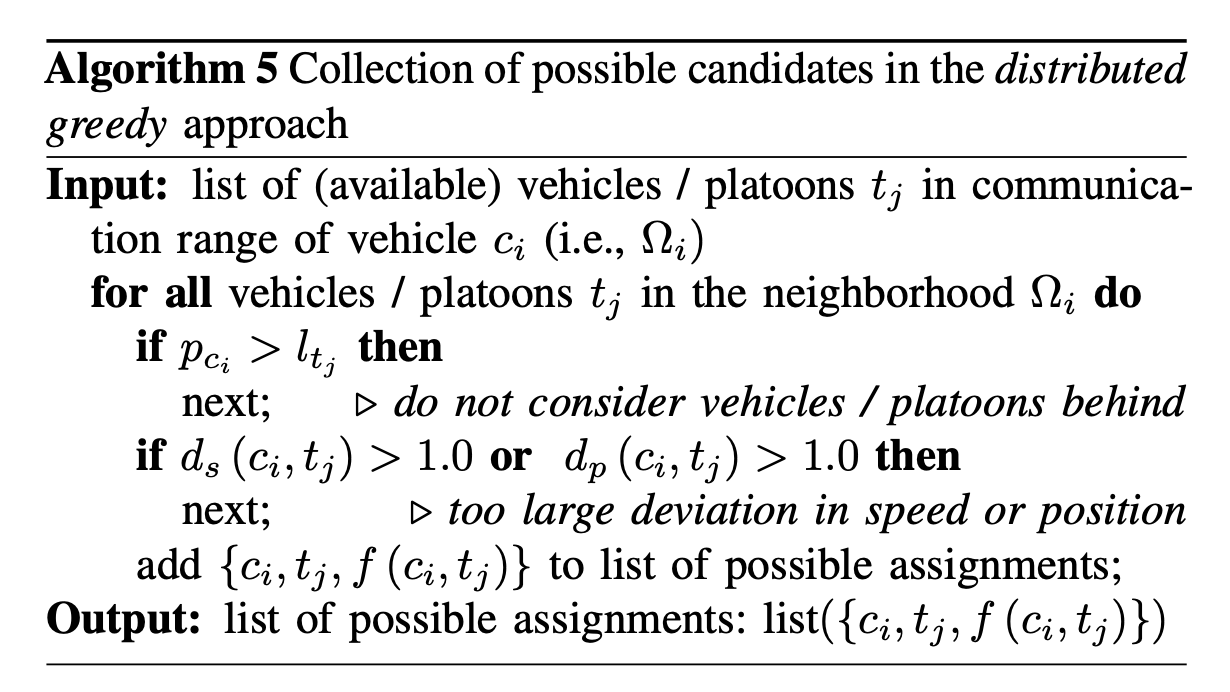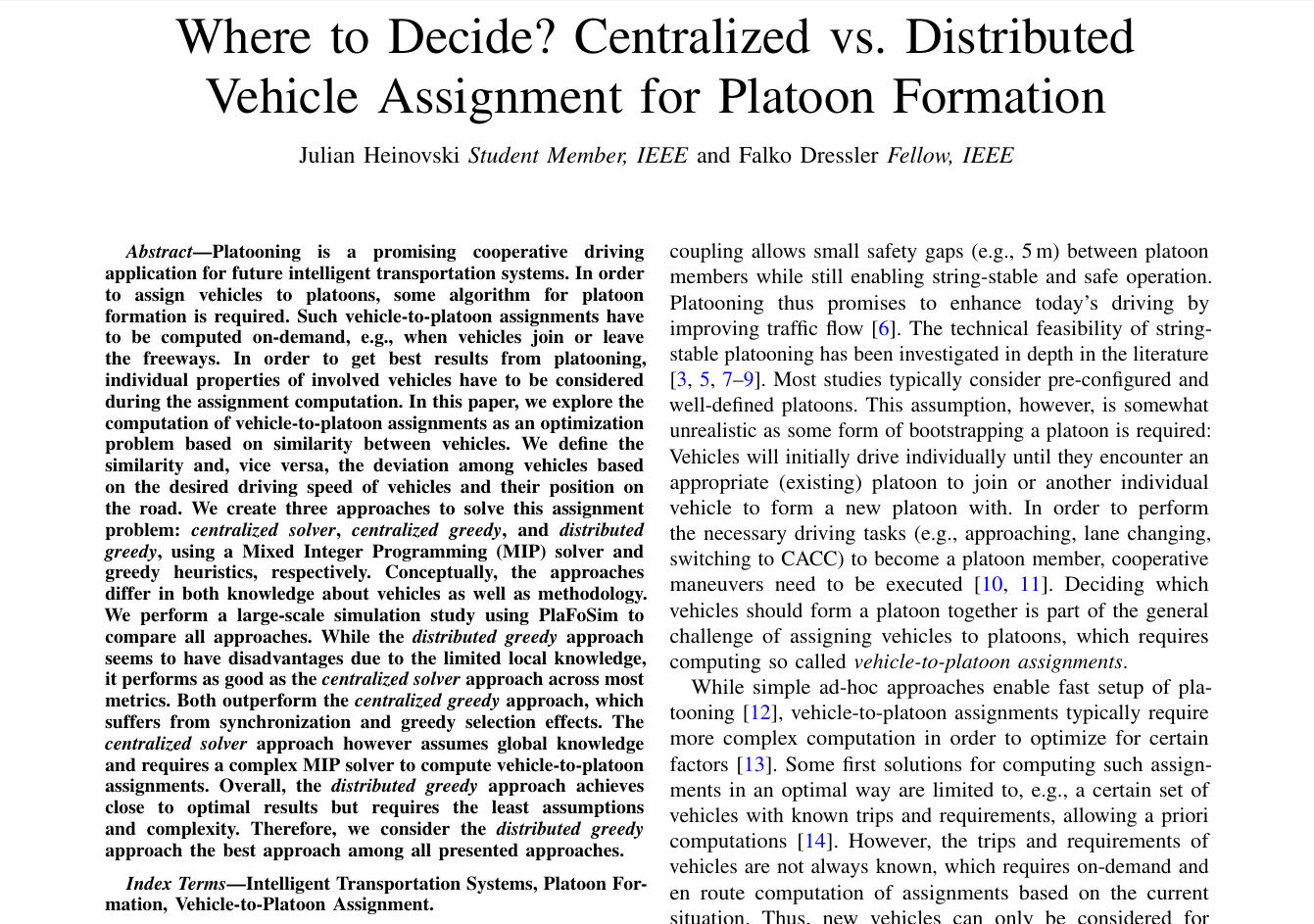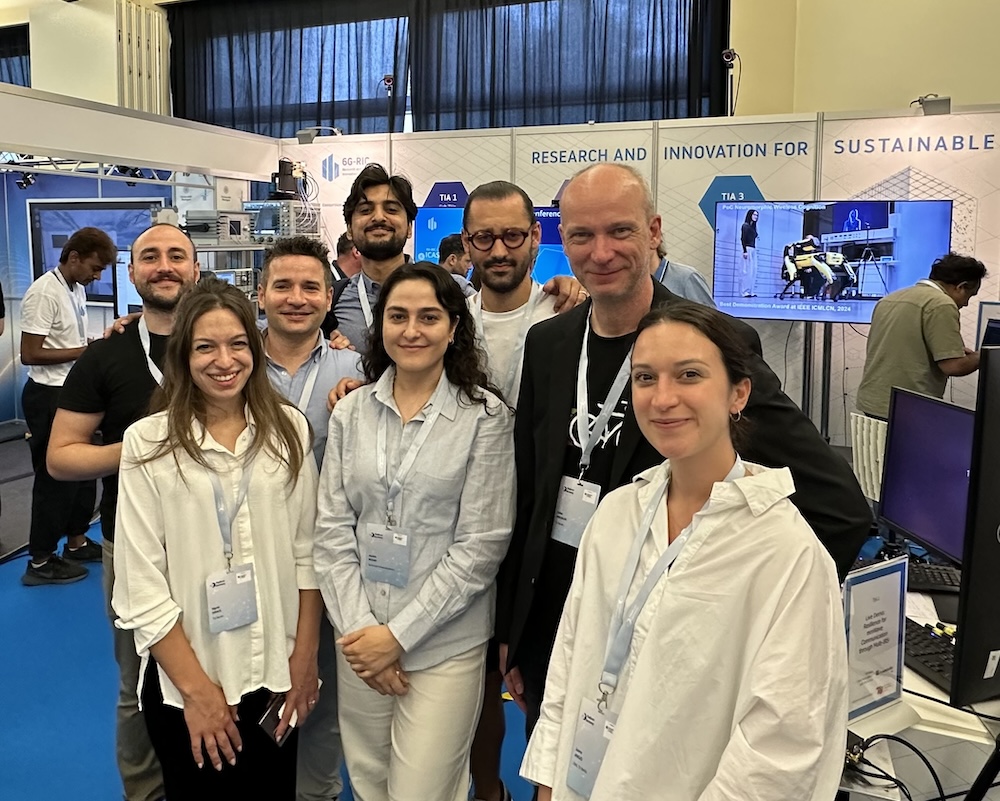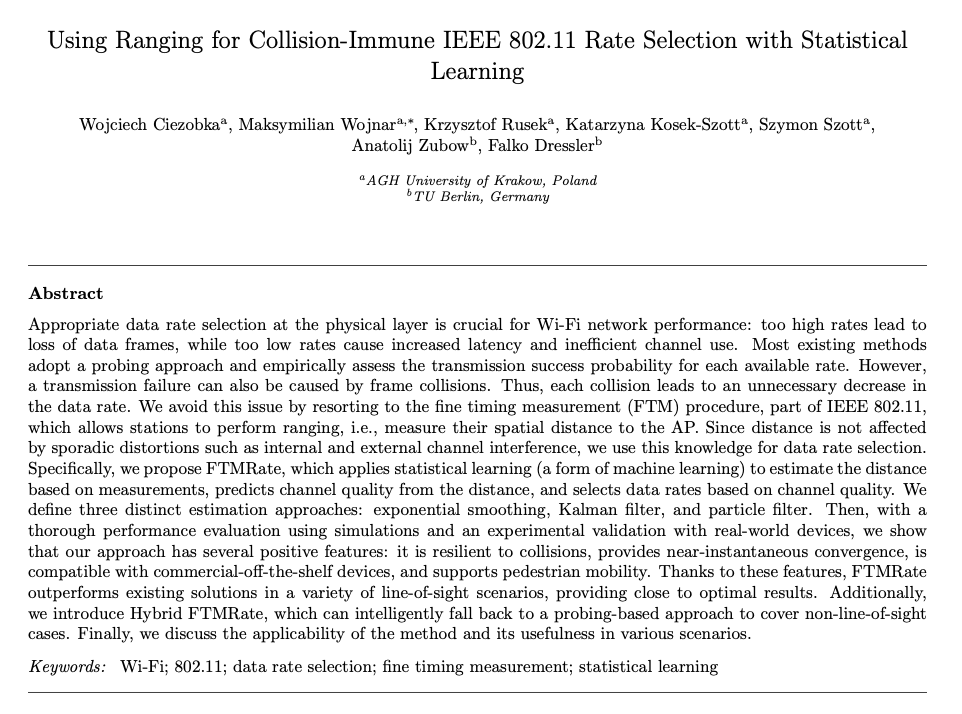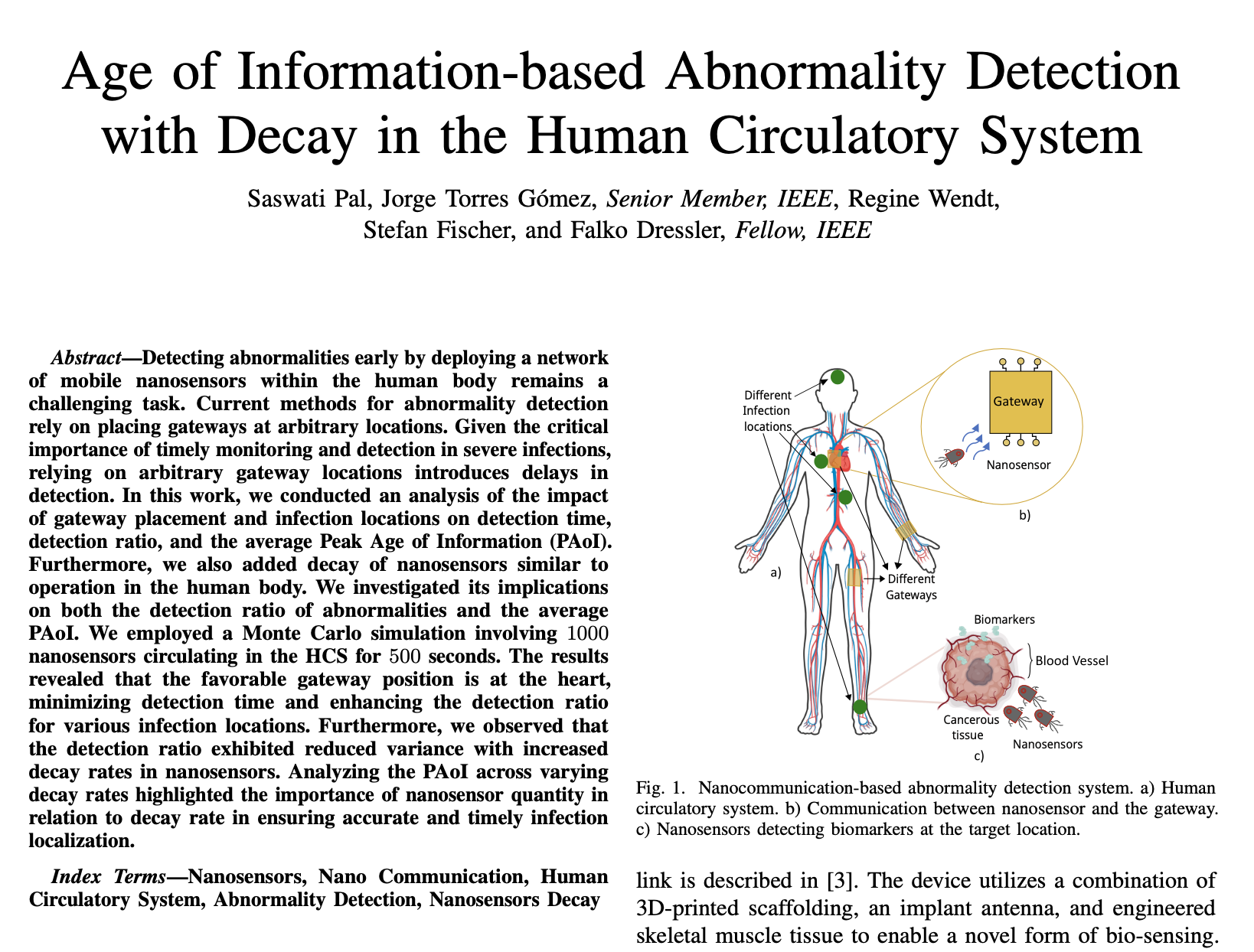Veins-Gym

Reinforcement Learning-based VANET simulations
Summary
Machine Learning is becoming ever more popular in many application domains, including vehicular networking. It has been shown already that Intelligent Transportation Systems can greatly benefit from this approach, particularly from Reinforcement Learning (RL). To implement Vehicular Ad-hoc Network environments for RL training, researchers often start from scratch, because up until now, there is neither an established interface to ML toolkits nor a common scenario for VANET applications. We developed Veins-Gym to provide this tooling.
Veins-Gym exports Veins simulations as Open AI Gyms. This enables the application of Reinforcement Learning algorithms to solve problems in the VANET domain, in particular popular frameworks such as Tensorflow or PyTorch.
If you are using Veins-Gym (or components of it) we would appreciate a citation:
 Max Schettler, Dominik S. Buse, Anatolij Zubow and Falko Dressler, "How to Train your ITS? Integrating Machine Learning with Vehicular Network Simulation," Proceedings of 12th IEEE Vehicular Networking Conference (VNC 2020), Virtual Conference, December 2020.
[DOI, BibTeX, PDF, More details]
Max Schettler, Dominik S. Buse, Anatolij Zubow and Falko Dressler, "How to Train your ITS? Integrating Machine Learning with Vehicular Network Simulation," Proceedings of 12th IEEE Vehicular Networking Conference (VNC 2020), Virtual Conference, December 2020.
[DOI, BibTeX, PDF, More details]
Source Code
The source code can be found on GitHub, along with a documented example on how to use it.
Changelog
Veins Gym 0.1
- Initial release.

